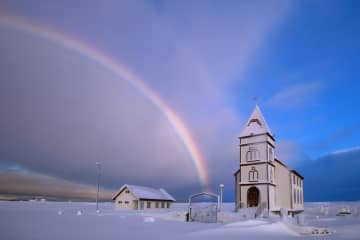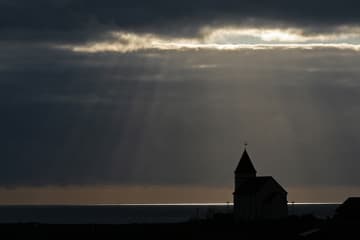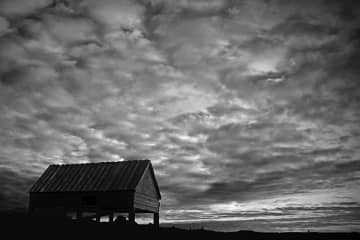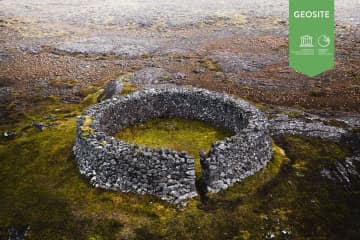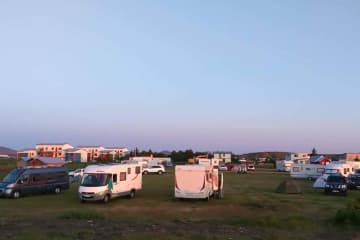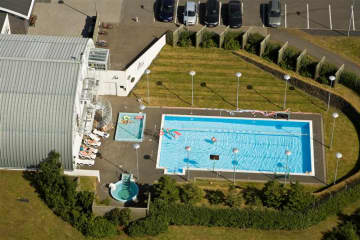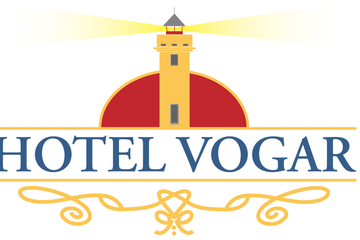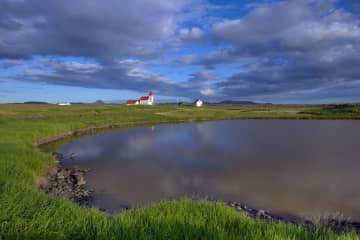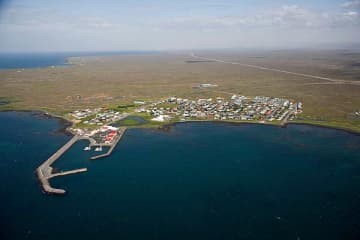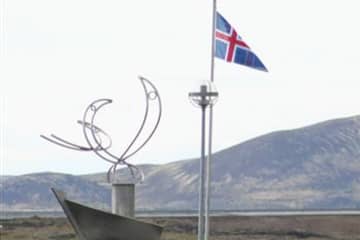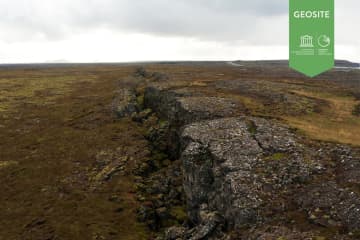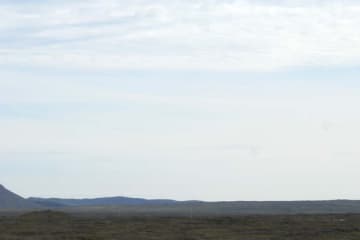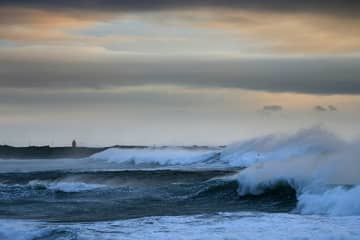Vatnsleysuströnd - Reykjanesbær - Birding trails




Vatnsleysuströnd - Reykjanesbær
Vatnsleysuströnd is one of few vegetative places on the Reykjanes Peninsula. It is a coastal area from Vatnsleysuvík to Vogar. The peninsula has little or no running surface water so the ponds in that area attract many birds. The main road is paved and good for all types of cars but the access to the coast is mostly through private roads. Vatnsleysuvík has a fish farm that attracts many gull species and the farm Stóra-Vatnsleysa has an Arctic Tern (Sterna paradisaea) colony, breeding Common Eiders (Somateria mollissima) and waders.
Kálfatjarnarkirkja
Traveling west towards the village of Vogar you will see a church and a golf course where you can park and walk down to the coast. Near the shore you can find a little pond where ducks and waders are often seen and on the sandy beach and rocky shore beyond the rocky boulders you can find feeding waders in spring and autumn. The landfill holds passerines like Meadow Pipits and Northern Wheatear (Oenanthe oenanthe) and one should always keep a lookout for vagrants in these areas. On the road to Vogar there are a few ponds seen from the road that are worth a look. The best way to look at this area is to walk the whole coast and go on top of the landfill to scan the ponds on the way.
Vogar
Vogar is as small village on the east side of Stakksfjörður. There is large pond close to the harbour with sedge and a small island. In summer, there are breeding ducks such as Tufted Ducks (Aythya fuligula) and Mallards (Anas platyrhynchos) hiding in the sedge with feeding Red-necked Phalaropes (Phalaropus lobatus). The harbour is a good stop for gulls and waders and the occasional wintering Harlequin Ducks. The sandy beach next to the pond is good in the migration period but the hidden pearl is the mudflat west of Vogar. Turn left when entering the village; you will drive through the village and end up on a gravel road that will lead you to a big fenced off fish farm. Go towards the gate and take another left until you are in a parking area. From there on you will follow a walking path next to the fish farm that will lead you to a big mudflat with patches of seaweed with many waders and gulls and breeding Northern Fulmars (Fulmarus glacialis) in the cliffs above. This is a hot-spot during migration.
Þorbjörn and Sólbrekkuskógur
There are very few trees in Reykjanes, or in Iceland for that matter, and long may it be so but the Suðurnes Forestry Association has been trying to introduce alien and native trees to the peninsula with some success. These plantations are big attraction to passerines that have lost their way migrating both in the Eastern and Western Hemisphere. The largest ones are located inland between Vogar and Grindavík. The bigger one, Þorbjörn/Selskógur, is on the north side of the hill Þorbjarnarfell, north of Grindavík. The other one is called Sólbrekkuskógur and is next to the pond Seltjörn, between Vogar and the Blue Lagoon.
Reykjanesbær
Reykjanesbær is a town divided into two districts, Njarðvík and Keflavík. Njarðvík has a salt-marsh and ponds close to the coast that attract waders, ducks, geese and gulls, especially on high tide. American Wigeon (Anas americana) is seen almost annually on the biggest pond, and many vagrants have been spotted there. The harbours in Keflavík and in Helguvík (west of Keflavík) are good places to scan for vagrants such as King Eiders (Somateria spectabilis), White-winged Scoter (Melanitta deglandi) and Velvet Scoter (Melanitta fusca) in large flocks of Eiders. Fulmars and Kittiwakes (Rissa tridactyla) nest on the cliffs north of Helguvík and you can see auks and other seabirds from the lighthouse on the edge of the cliff. In search of vagrants one should always target towns on the peninsula and look for passerines in gardens and parks.



